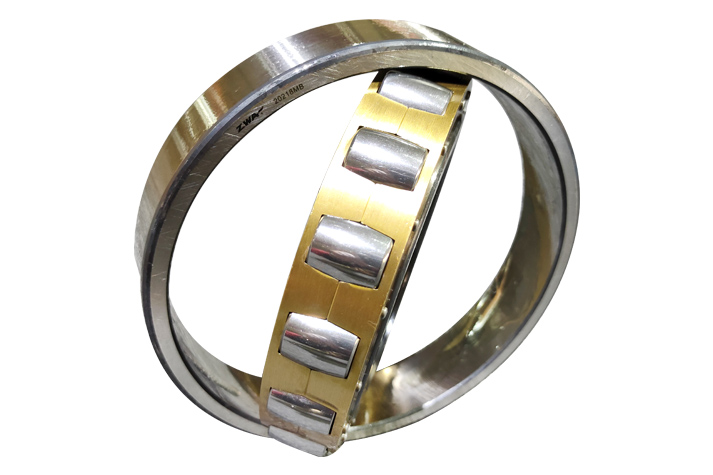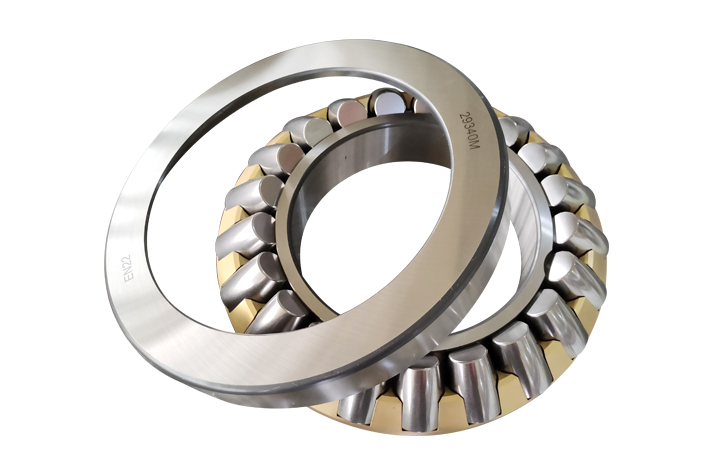
The national standard "Rolling Bearing-Identification Code" (GB/T272-1993) specifies the rolling bearing code, which uses letters and numbers to represent the structure, size, tolerance class, technical performance and other characteristics of the rolling bearing. The rolling bearing code consists of basic code, front-code and post-code. In general, the maximum number is five digits. The following describes how to read bearing numbers:
It is not necessary for ordinary bearing users to know the front-code and post-code, only focus on understanding basic codes is enough, which is the meaning of the codes 608, 6204, 7209, 61905 that usually seen. The composition of the basic code is as follows:
(1). The bearing type code is represented by the first digit from the left of the basic code.
(2). The bearing width series (i.e., the series of variations in bearing widths with the same structure, inside diameter and diameter) is represented by the basic code digit 3. When the comparison between the width series and the diameter series is classified as 0 series (normal series), the width series code 0 is not indicated in the code for most bearings. But for self-aligning roller bearings and tapered roller bearings, the width series code 0 should be indicated. Diameter series code and width series code are collectively called size series code.
(3). The bearing diameter series (i.e., the variation series of the bearing with the same structure and same inside diameter in the outside diameter and width) is represented by the basic code number 4. For example, for radial bearings and radial thrust bearings, 0 and 1 represent extra-light series; 2 represents the light series; 3 represents medium series; 4 represents the heavy series; 7 represents ultra-light; 8,9 represents super light. The thrust bearing size and diameter series are slightly different from the centriole bearing. 0 represents ultra-light series, 1 represents ultra-light series, 2 represents light series, 3 represents medium series, 4 means heavy series and 5 represents extremely heavy series.
(4). Bearing bore diameter is represented by basic code number 4 and 5 digits. Bearing bore diameter d=20 - 480mm is in common use, it is usually a multiple of 5. These two numbers represent the quotient of bearing bore diameter size divided by 5. For example, 04 represents d=20mm; 12 represents d=60mm and so on.
In general, bearing codes are 5 digits, so why are some 3 digits or 4 digits?
It will not be omitted that the first digit in the bearing code is the type of bearing with only one digit. Just remember that the groove is 6, the angular contact is 7, the roller is 8, and the cone is 3.
The size codes of the second digit and the third digit of the bearing represent the proportional relationship between the width (thickness) and diameter of the bearing (the second digit is the width code while the third digit is the diameter code). The standard specifies a particularly high proportion, which takes different types of bearings and their uses and shapes into consideration.
After extensive use, you will notice that the bearing size codes are basically the following types: 17,18,19,00,10,02,03,04. It should be noted that the width code is either 1 or 0, and it basically related to the diameter code. For example, if the diameter code is 7, the width code is 1. In this way, the width code in the size code is omitted by default. (Note that 00 and 10, one width code corresponds to two diameters, 10 is used more often and 00 is rare and defaults to something else.)
If you see 6910, it is the same as 61910, and 6203 is 60203, 6000 is 61000.
For 608, it is the inner diameter of the miniature bearing. Miniature bearings (bore diameter < 100mm) have only one digit in each millimeter, so it is easy to use bore diameter as the last digit. That is to say, 608 has an inside diameter of 8mm and 693 has an inside diameter of 3mm.


